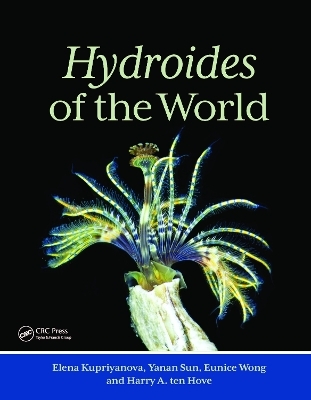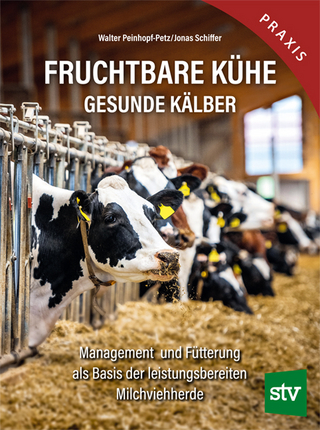
Hydroides of the World
CRC Press (Verlag)
978-1-032-43669-2 (ISBN)
Serpulid polychaetes are a unique and highly specialised group of marine segmented worms that have adapted to inhabiting self-secreted calcareous tubes attached to a wide range of hard substrates. These animals are found across all depths and habitats of the world’s oceans, and some form mutually beneficial associations with live corals. The genus Hydroides is of special concern and importance, as it is not only the largest, but also one of the most ecologically and economically important groups of marine invertebrates because it includes notorious biofoulers and common bioinvaders that travel around the world hitchhiking on ships’ hulls.
This is the first fully illustrated guide to this notorious serpulid genus of calcareous tubeworms, providing a comprehensive diagnostic treatment of all known species of the genus Hydroides. This important reference provides reliable identification tools to distinguish tubeworms from potential alien invaders that constantly arrive from overseas and threaten maritime transport, trade and mariculture.
Elena Kupriyanova is a Senior Research Scientist at The Australian Museum, whose research interests are centred on taxonomy, biodiversity, systematics, phylogeny, life history, reproduction, and evolution of marine invertebrates, especially of the polychaete family Serpulidae (calcareous tubeworms). Yanan Sun is a research student in the Marine Ecology Group at Macquarie University, Australia. Eunice Wong is a Postdoctoral Fellow at University of Texas at Austin, Texas, USA Harry ten Hove is an annelidologist working in the Naturalis Biodiversity Center, Leiden, the Netherlands.
Introduction. General body morphology. Tubes. Tube morphology. Tube composition and mineralogy. Tube ultrastructure. Organic tube lining. Tube formation. Fossil record. History of studies. Taxonomic studies. Reproduction, development and life history. Reproduction. Larval development. Settlement. Juvenile growth and maturation. Ontogeny: reversible asymmetry, compensatory regeneration and duplicity. Reversible asymmetry and compensatory regeneration. Duplicity. Malformations. Bioperculate chimaera. Economic and ecological impacts. Nuisance fouling species. Invasive species. Model organisms for research. Barcoding, phylogeny and genome structure. Barcoding. Phylogeny. Genome structure. Biogeography. Patterns of geographical distribution. Methods of collecting, examination, preservation and identification. Collecting. Examination and preservation. Identification. Diagnostic characters used for identification. Key to the species of Hydroides worldwide. Taxonomic account. Abbreviations of institutions where type material is deposited. Glossary. References. Index.
| Erscheinungsdatum | 11.07.2023 |
|---|---|
| Zusatzinfo | 80 Illustrations, color |
| Verlagsort | London |
| Sprache | englisch |
| Maße | 210 x 270 mm |
| Gewicht | 820 g |
| Themenwelt | Naturwissenschaften ► Biologie ► Zoologie |
| Technik ► Umwelttechnik / Biotechnologie | |
| Weitere Fachgebiete ► Land- / Forstwirtschaft / Fischerei | |
| ISBN-10 | 1-032-43669-7 / 1032436697 |
| ISBN-13 | 978-1-032-43669-2 / 9781032436692 |
| Zustand | Neuware |
| Haben Sie eine Frage zum Produkt? |
aus dem Bereich


